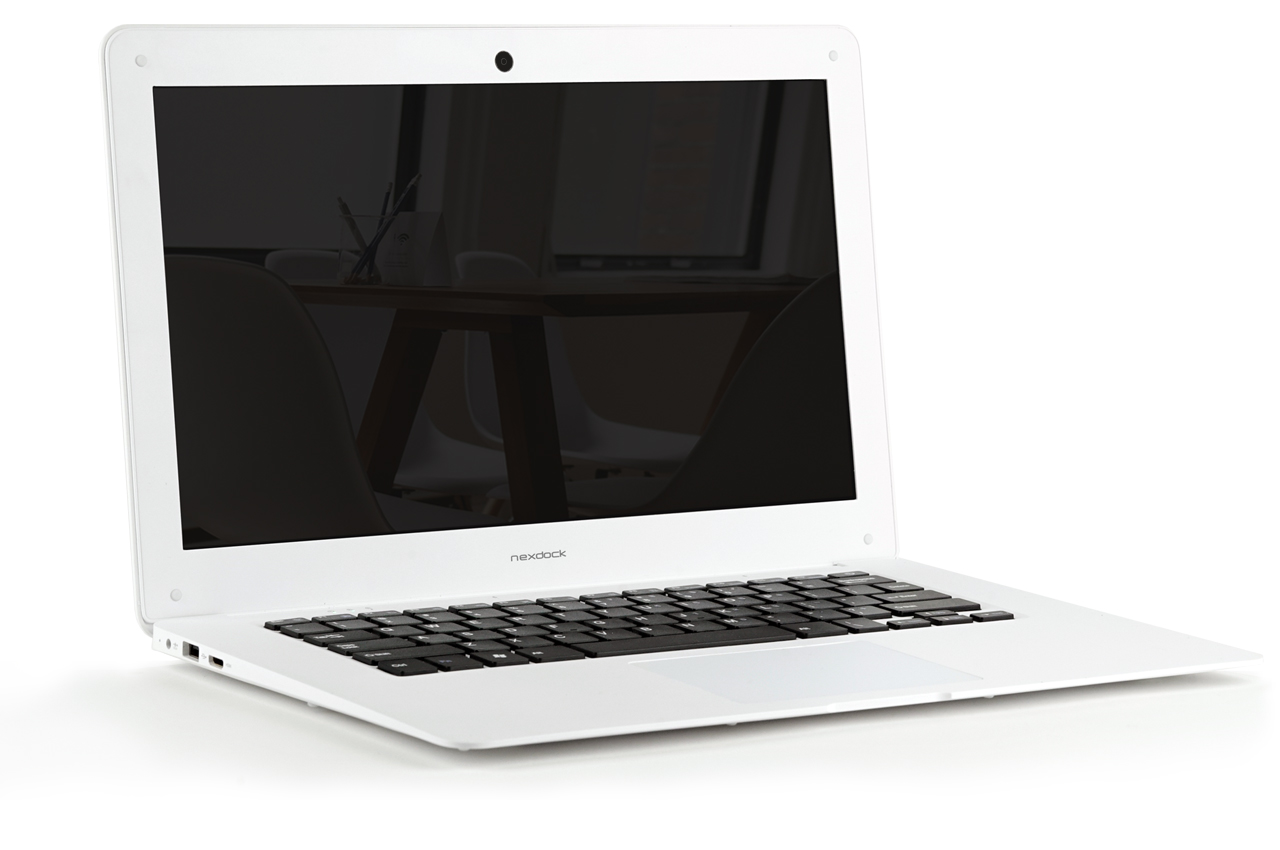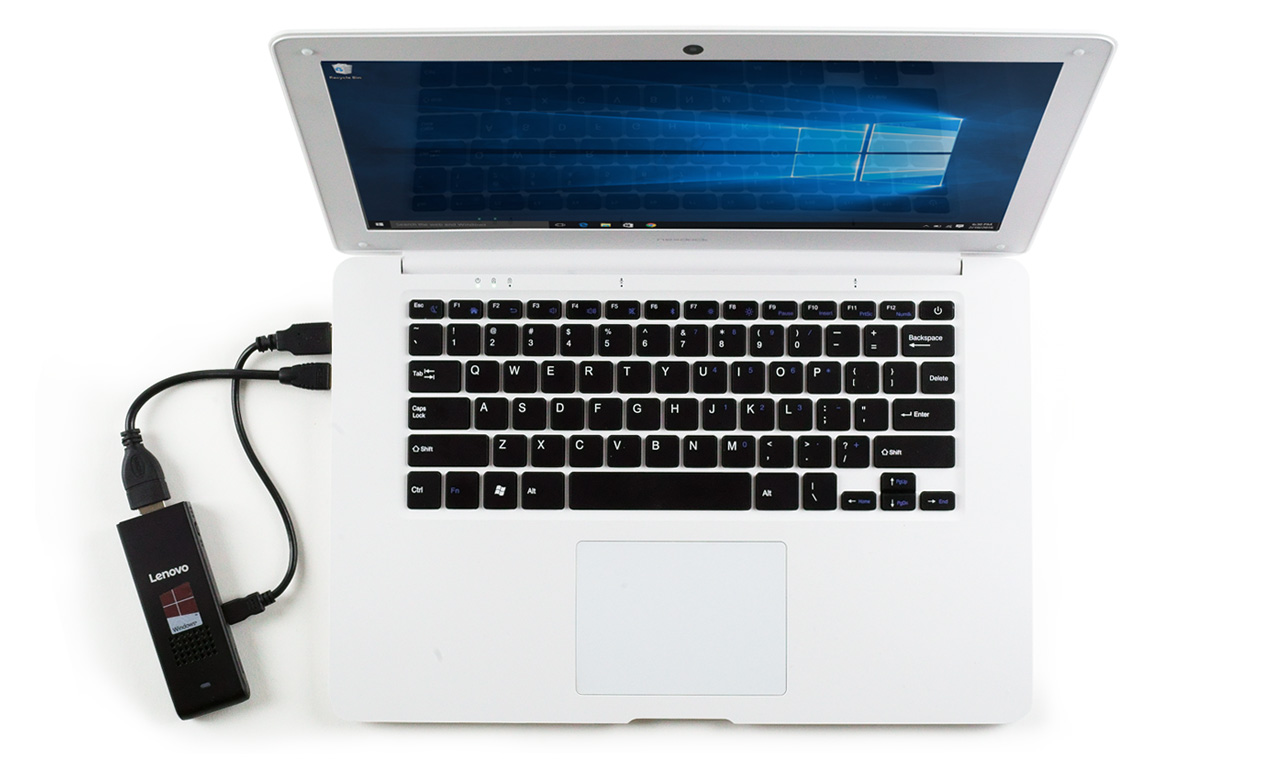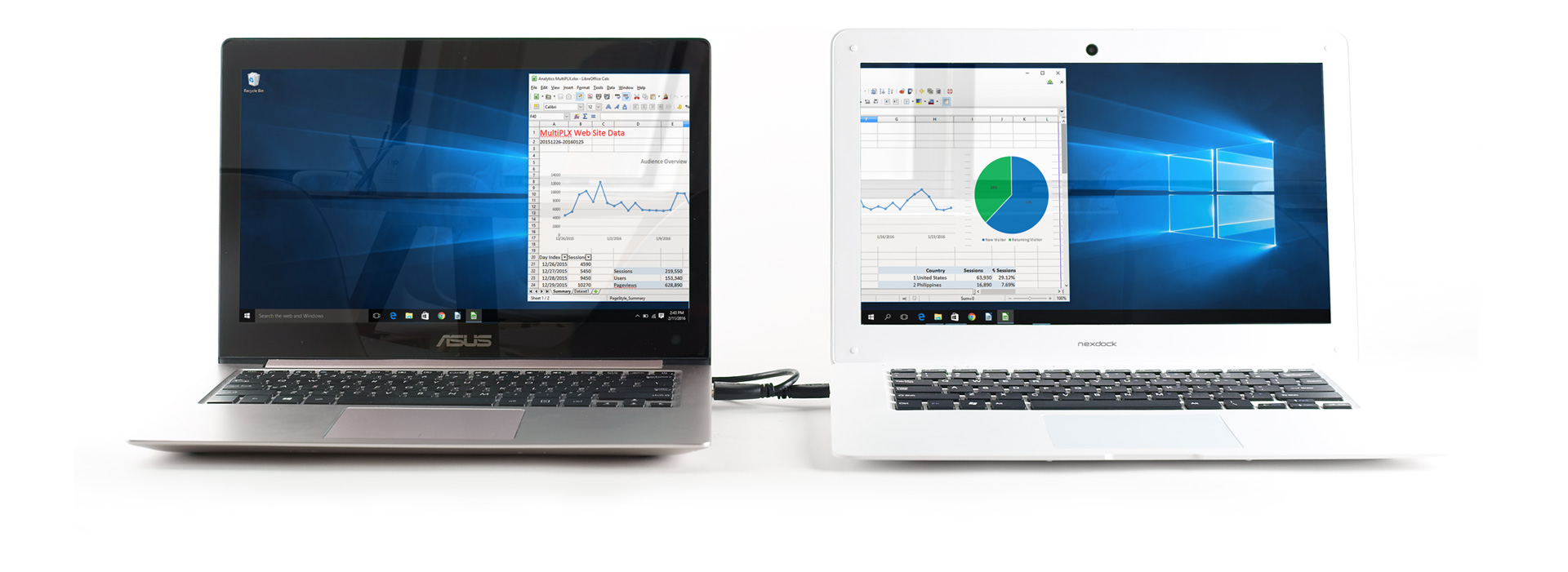NexDock Portends Dawn Of 'Dumb' Laptops
Back at Mobile World Congress 2015, MHL showed us a concept that was about one year ahead of its time: a “dumb” laptop clamshell that served as the display and input for a connected smartphone. This year, HP picked up on the idea with its Elite X3 smartphone and unimaginatively named “HP Mobile Extender,” and at least one upstart--Nex--wants in, too.
The company has created the NexDock, which looks like a laptop but is in fact a display, Bluetooth keyboard with a touchpad, and a battery.
Nex has big plans. “We hope to start a paradigm shift in consumer electronics,” the promo video boldly claimed. But for now, those plans start with an Indiegogo campaign, which is live for a couple more days but has already surpassed its $300,000 goal so it can begin manufacturing. You can plop down $119 to reserve one for yourself, with a promised delivery date of June.
Baby Steps
When the NexDock hits retail, it will cost $149. That’s about the cost of a cheap Chromebook or Windows notebook (and it resembles one), and of course you still have to provide the computing device to go along with it. However, the idea is that you probably already have such a device--your smartphone, Raspberry Pi, or mini PC like an Intel Compute Stick.
There are some limitations to the NexDock, though. First, the 14.1-inch display has a mere 1366x768 resolution. Second, there is no USB Type-C port. (The company said that it will swap out one of the existing ports for a Type-C port should the campaign hit the $500,000 stretch goal. It’s currently about $150,000 shy of the mark with two days to go.)
| Header Cell - Column 0 | NexDock |
|---|---|
| Display | 14.1-inch, 1366x768 TN panel, 16:9 ratio |
| Keyboard/Touchpad | Bluetooth 4.0 |
| Ports | -mini HDMI-2x USB-TF card slot |
| Audio | -3.5mm headphone jack-Built-in dual speakers |
| Battery/Power | -10,000 mAh Li-ion 3.8V battery-DC 3.5mm 5V/2.5A |
| Dimensions | 351 x 233 x 20mm |
| Weight | 1.49 Kg |
| Price/Availability | $149, June 2016 (preorders open now) |
Looking Beyond
As with any crowdfunded project, one must temper one’s expectations. Simply getting funded is no guarantee of success; for every Oculus Rift, there’s a hundred funded-but-failed projects. However, assuming Nex delivers on the promise of the NexDock, the company has its sights set high.
Nex has at least three concept products. There’s the NexDock, but also a 10-inch tablet-like device and a 24-inch AIO-type machine that resembles an iMac and has an external keyboard and mouse. The Big Idea here is that you can swap your computing device around to any of these form factors.
Get Tom's Hardware's best news and in-depth reviews, straight to your inbox.
The two computing device types that come readily to mind are smartphones and mini PCs like the Intel Compute Stick. Although Nex’s videos suggest a method of connecting a phone or mini PC to one of these “dumb” devices via an embedded USB-C port (we can think of a few inherent design issue there), you can simply connect a device with a cable. It’s not as sexy, but it will work, and in real life that should suit most users in most situations.
Another potential use case Nex is pushing is using one of its devices as a second display. For example, you could connect a regular laptop to any of them. The practicality is somewhat limited--the NexDock as a second display means you have two clamshells cluttering your desk, for example--but we could see using the 10-inch tablet as a handy second display when at a trade show where we’re writing and editing photos and video and could use a little more screen real estate.
One of the more compelling uses for the second screen is for those who love mobile gaming. You can use your phone as a controller and view the gameplay on the NexDock’s screen.
Whether or not the NexDock turns out to be a shipping product and also performs as expected, expect to see more products like these cropping up around the market.
Seth Colaner is the News Director for Tom's Hardware. Follow him on Twitter @SethColaner. Follow us on Facebook, Google+, RSS, Twitter and YouTube.
Seth Colaner previously served as News Director at Tom's Hardware. He covered technology news, focusing on keyboards, virtual reality, and wearables.
-
PBuckalew I've got an old Motorola Atrix 4G lapdock attached to my Raspberry Pi. It's basically the same as this, though without Bluetooth and speakers.Reply -
PBuckalew I've got an old Motorola Atrix 4G lapdock attached to my Raspberry Pi. It's basically the same as this (no Bluetooth or speakers though).Reply -
CRITICALThinker I would like to see a device manufacturer make one of these that uses the phone as the touchpad as well as the processing device, all plugging it in has to do is activate palm rejection software.Reply -
RedJaron Reply
Windows Continuum already uses the phone as a trackpad.17822726 said:I would like to see a device manufacturer make one of these that uses the phone as the touchpad as well as the processing device, all plugging it in has to do is activate palm rejection software. -
CRITICALThinker Reply17822737 said:Windows Continuum already uses the phone as a trackpad.
Does it now? haven't checked, and last I heard about continuum was for the hp elite phone, which did not incorporate the phone into the chassis when using the laptop.
-
hdmark i kind of like this idea for my normal PC. if i get a cable long enough, i could hook it up to my PC and play games in bed instead of having to turn my monitors all around on my desk. and of course for my phone and stuffReply -
DrakeFS Resolution is to low, I will not buy a device with a screen below 1920x1080, if it is larger than 10"Reply -
hdmark Reply17822962 said:Resolution is to low, I will not buy a device with a screen below 1920x1080, if it is larger than 10"
thats the part that bothers me. even my 7" tablet is 1080p. hell even my phone now is 1440p -
razor512 Seems like a ripoff.Reply
It relies on an external compute device, while costing more than many netbooks that run windows 10.
A smartphone extender is useless since the current smartphones are running ARM based operating systems, thus you do not gain much productivity.
Using it as a second display is completely stupid since it is a low end TN panel that cost more than than a 20 inch 1080p IPS monitor.
It is also more expensive than IPS based USB 3.0 powered monitors.
Furthermore, marketing it with the ability to use a device like an Intel compute stick, will only hurt their product, as for the cost of both, you can buy a laptop with a better display, faster hardware for about the same money. Getting both components will cost you over $300. If you need a laptop for a little money as possible, you are better off getting a refurbished one.
Many older gen core i5 and i7 based laptops can be found for around $200.
Overall, if they want the nexdock to be successful, they need to lower the price to around $60. For netbooks, the most expensive component is the SOC and the supporting components for it. They make up more than half the cost of the entire device, with thermal management taking up another 10-15%. Their device cuts out all of that. In a world when netbooks (intel atom and celeron based ones, selling for as little as $129 from companies like lenovo (e.g., the lenovo s21e), I do not see how they can justify such a steep price tag, especially since it is using a cheap 1366x768 TN LCD panel. -
RedJaron Reply
The Lumia 950 can be a trackpad. You can actually use a mouse with the phone even when it's not hooked up to an external display and get a cursor on the phone's display.17822746 said:
Does it now? haven't checked, and last I heard about continuum was for the hp elite phone, which did not incorporate the phone into the chassis when using the laptop.17822737 said:Windows Continuum already uses the phone as a trackpad.
To those complaining about most phones being ARM instead of x86, that's not an insignificant point. However, going back to my Continuum reference, you can get perfectly functional MS Office on ARM, as well as many other applications that can be very productive. It's not perfect, but for people doing basic productivity computing, it's adequate on the go.




